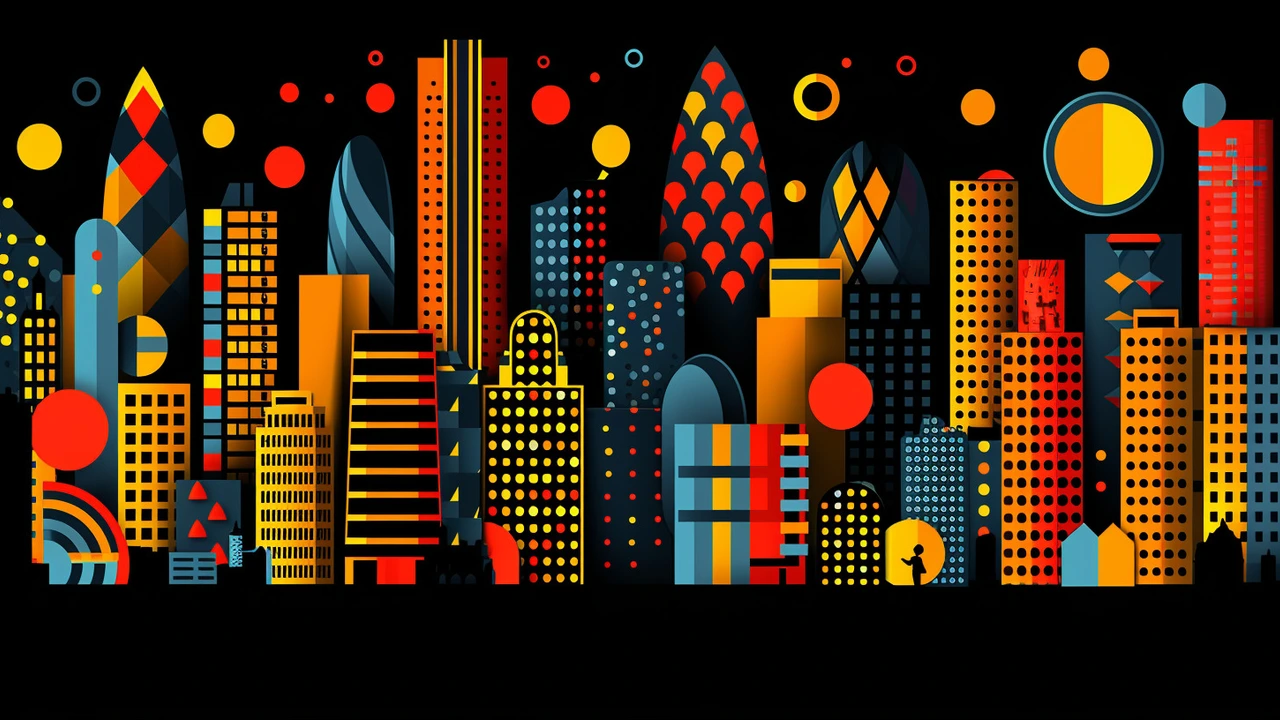Constructivist Artists: Key Figures, Style, and How to Spot Their Work
After the 1917 Russian Revolution, a group of artists stopped painting just to hang frames on walls. Constructivist artists wanted art to build society—posters, buildings, clothes, even typography. That practical push gave us a clean, bold visual language that still shows up in logos, posters, and modern interiors.
Who mattered most? Start with Vladimir Tatlin, famous for the unrealized Monument to the Third International—an iron-and-glass spiral meant to be a working political machine. Then Aleksandr Rodchenko and his partner Varvara Stepanova brought photography, graphic design, and industrial materials into everyday use. El Lissitzky mixed typography and architecture, making strong layouts and clear visual orders. Naum Gabo pushed sculpture toward construction with transparent planes and industrial components. Lyubov Popova worked across painting, textile, and stage design to spread the Constructivist look into the home.
What their work looks like
Look for geometry and function. Constructivist art favors straight lines, triangles, and circles arranged for a clear purpose. Colors are often limited—black, red, white—used for contrast and impact. Materials can be raw: metal, glass, plywood, and printed paper. Photomontage and bold typography show a direct, no-nonsense voice aimed at mass audiences. If a piece feels like it wants to communicate or perform a job—rather than just decorate—it's probably in that spirit.
Context matters. Many works were tied to politics, industry, and mass communication. Posters encouraged factory production or social programs. Stage sets and clothing used simple patterns to be made quickly. Keep that use-first mindset in mind when you look at a Constructivist piece.
Quick practical tips
Want to add Constructivist energy to your space? Choose black-red-white prints, geometric rugs, or plywood furniture with visible joints. For graphic projects, favor strong grids, sans-serif type, and asymmetry that still reads clearly. Collecting? Start with posters and prints from Rodchenko or Lissitzky—more affordable than sculpture and easy to frame. Verify provenance and look for museum stamps or exhibition history when you buy.
If you study original works, visit museums with Russian avant-garde collections or look for authenticated prints online. Many contemporary designers borrow Constructivist rules without copying specific works—so you’ll see echoes in modern branding and UI, not exact replicas.
Constructivist artists wanted art to do things. They broke shapes down, chose simple materials, and aimed for clarity. That practical approach is why their work still feels modern and useful today. Whether you’re designing a poster or picking a statement print for your wall, knowing the key names and signs helps you spot true Constructivist influence fast.

